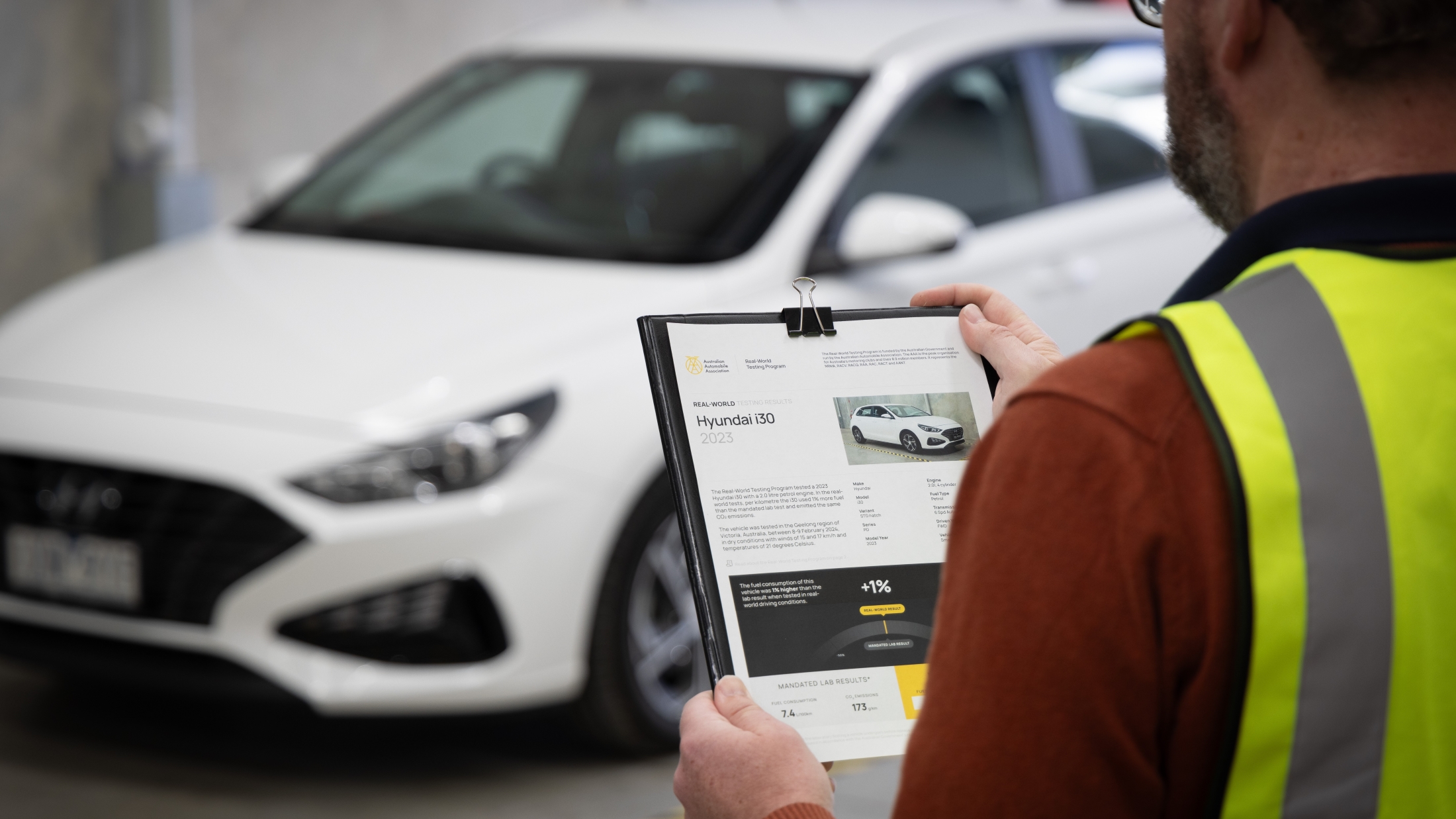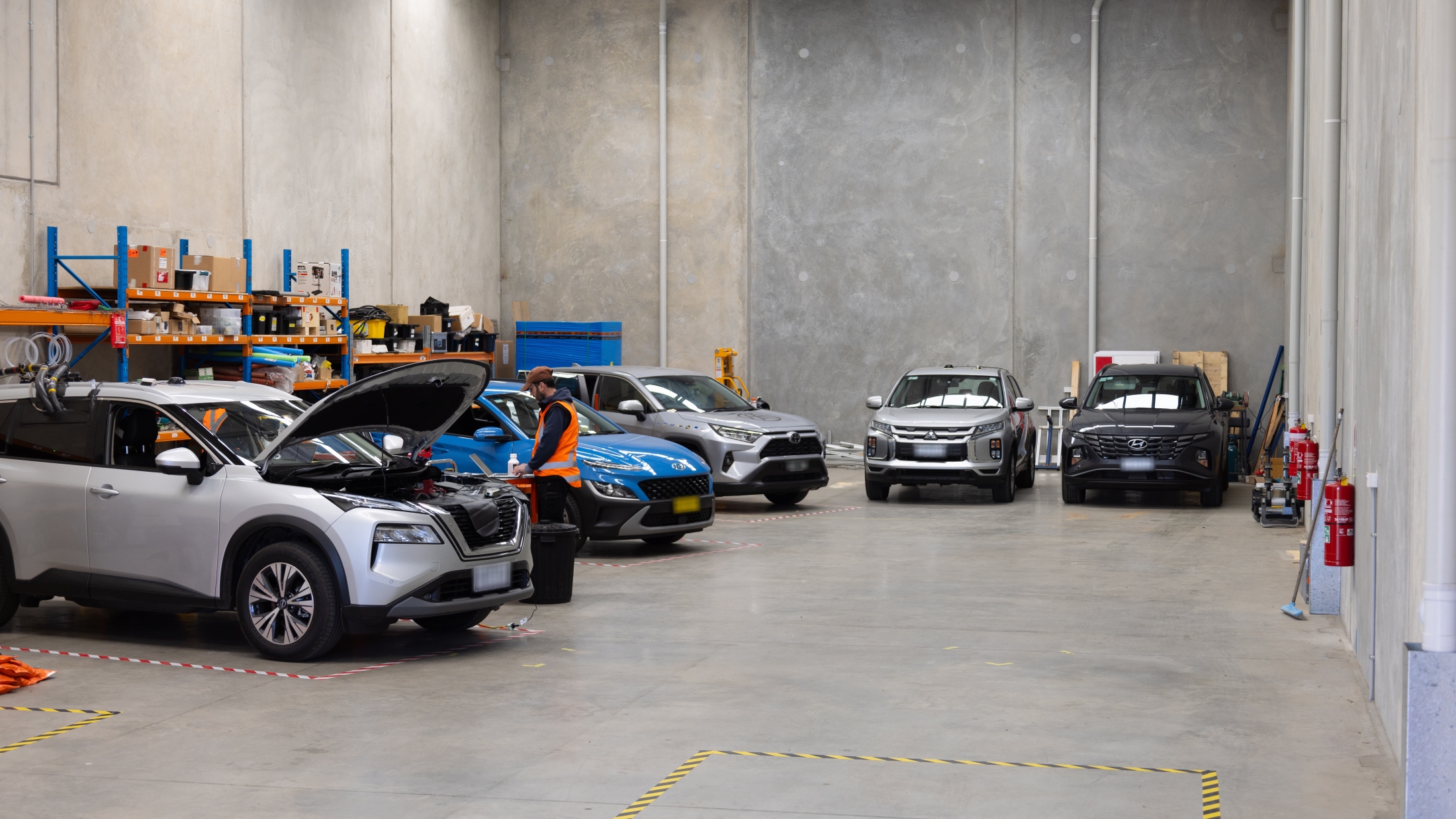
 visit raa.com.au
visit raa.com.au
New testing of vehicles will help car buyers save money and lift their confidence in the driving range of electric vehicles, by revealing how cars perform in real-world, Australian conditions.
The independent testing, conducted by the Australian Automobile Association’s Real-World Testing Program on behalf of RAA and the nation’s other motoring clubs, arms consumers with real-world results about fuel efficiency and emissions, as opposed to laboratory test results that get put on the sticker.
In an Australian-first, the Program today began reporting results into how far different electric vehicles travel on a single battery charge on real Australian roads.
Of five cars tested, none delivered the battery range reported from manufacturer’s laboratory tests, falling short by between 5 per cent and 23 per cent.

That follows the release of data last week showing 25 out of 30 internal combustion engine vehicles consumed as much as a third more fuel than reported by manufacturers at the point of sale on the basis of laboratory testing.
Two years into the Commonwealth-funded program, tests of 114 internal combustion engine and hybrid vehicles have found 77 per cent consumed more fuel than advertised, with variations of as much as 35 per cent.
The real-world results of all vehicles tested can be found at https://realworld.org.au/
The new EV data will help potential EV buyers overcome their range anxiety concerns – the fear of not having enough battery power. AAA polling conducted in July found 60 per cent of people who identified as likely EV buyers named vehicle range and recharging as causing them hesitation.
RAA Senior Manager Safety and Infrastructure Charles Mountain said real-world data could help car buyers overcome these concerns.

It could also help buyers of ICE vehicles and hybrids identify which cars deliver on their fuel saving promises reported from laboratory tests.
“We’re helping consumers work their way through the range of cars on the market with independent information to guide their buying journey,” Mr Mountain said.
“No matter what kind of car you want to buy, real-world data can give you the information you need to have greater confidence in its real-world performance.
Existing laws require car makers to test the battery range and energy consumption or fuel consumption and emissions in laboratories and report results on the windscreens of new vehicles. But the Volkswagen scandal of 2015 demonstrated that regulation of vehicle emissions incentivises carmakers to optimise their vehicles for performance in the laboratory, rather than in the real world.
In 2023, the Federal Government funded the AAA and its constituent motoring clubs including the RAA to independently test the real-world performance of cars offered on the Australian market.
“It’s a very practical way in which the RAA and the AAA can help members, by providing accurate efficiency information.
“Some cars perform as per their lab tests, but many do not. Unfortunately, most people don’t discover this until after they’ve purchased the car.
“Real-World testing allows car buyers sift through the real-world performance of many makes and models before purchase to find out which best suit their budgets, needs or aspirations – regardless of the technology under the hood.”
On 29-31 August RAA will also host an EV Drive Experience at the Bridgestone World Solar Challenge, where drivers can register to test drive a range of electric vehicles. Bookings for free test drives can be made here.
Real-world testing – electric vehicle results

For more results visit https://realworld.org.au/